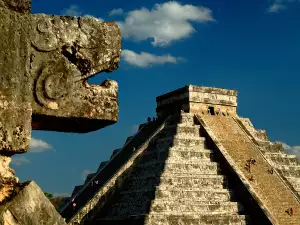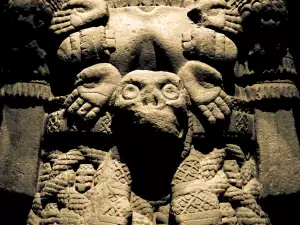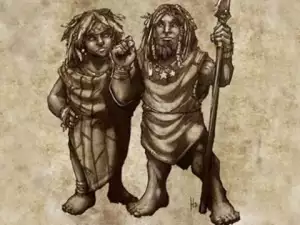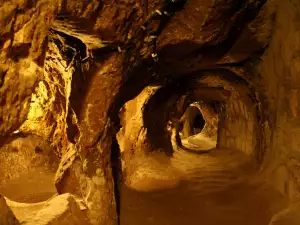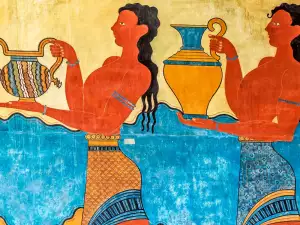Everyone's heard of the lost civilization of Atlantis. But there are other lost civilizations which we know little or nearly nothing about but which are no less interesting and intriguing.
Discoveries linked to the Rama civilization and its location
Ruins of ancient cities are scattered on the territory of modern-day northern India and Pakistan. The stones and clay in them have been melted, with piles of black glass littering what were once streets. The clay containers were melted as a result of high temperatures. These are remains from the Rama civilization, of which there are accounts in the ancient Indian epics of Mahabharata and Ramayana. The greater part of Rama had sunk after a powerful cataclysm.
For a long time, researchers had dated the beginning of the Rama civilization to about 500 BC. This date was changed after researchers found the remains of ancient cities in the Indus Valley on the territory of modern-day Pakistan during the last century. The finds revise the beginning of the empire by 15 000 years in the past, during the existence of Atlantis, which Rama had dealings with.
Life in the Rama civilization
The discoveries show that the Rama empire was a highly advanced civilization, whose population was centered in densely populated cities ruled by kings who were also priests, highly intelligent and enlightened people. There were 7 large cities in Rama, evidenced by the ancient Hindu text The Seven Rishi, as well as other ancient Indian books that survive. Before they were built, the cities were planned out beforehand, in other words there was urban planning. The sewer system of these cities was far more advanced than the currently existing one on these territories. The cities were very well developed and perfectly organized.
Achievements of the ancient Rama civilization
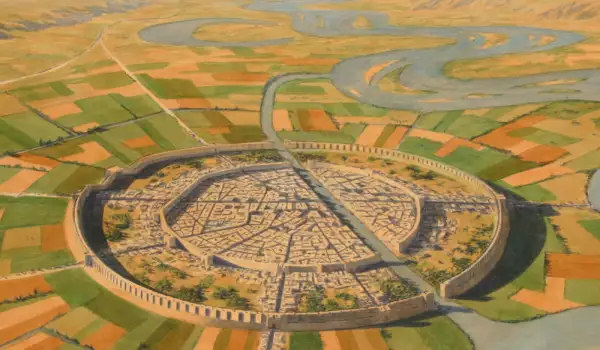
Ancient written Hindu records provide proof that the technological development in Rama was at an exceptionally high level. They had flying machines known as Vimanas. According to descriptions, these flying machines were round, with 2 decks, windows, a domed ceiling and flew with some unknown type of anti-gravity. These descriptions match modern descriptions of UFOs. There are various kinds of Vimanas according to accounts.
The craft could fly vertically and hang in the air like modern helicopters and blimps. It's said that their fuel was some kind of yellowish-whitish liquid, although it is unclear what exactly this was. The craft could be used for war.
Not long ago a find in Tibet, consisting of an ancient text, contained instructions about how to build a flying machine. It's evident that many principles of physics were no secret to the ancient inhabitants of Rama and they not only knew what anti-gravity was but also how to use it.
In Turkmenistan and the Gobi Desert, researchers have found glass hemispheres with a cone and drop of wax inside of each, which are thought to serve as navigation for space ships.
According to ancient Indians sources, the Atlanteans also had their own flying machines, called Vailixi. These were elongated and could travel underwater, in the air and in space.
What caused the end of the Rama empire?
In the ancient Mahabharata saga, it is said 10-11 thousand years ago a terrible war erupted between Atlantis and Rama. The warring sides used weapons of such destruction that they wiped out entire peoples. The battles were fought not only on Earth but on the Moon as well. Atlantis used a terrifying weapon with which it destroyed the Rama empire, it sunk and the world was sent back to the stone age.
Some researchers believe that there are intact Vimanas and Vailixi left. In the deep caves of Tibet there could still be some remaining examples of these ancient flying machines.

